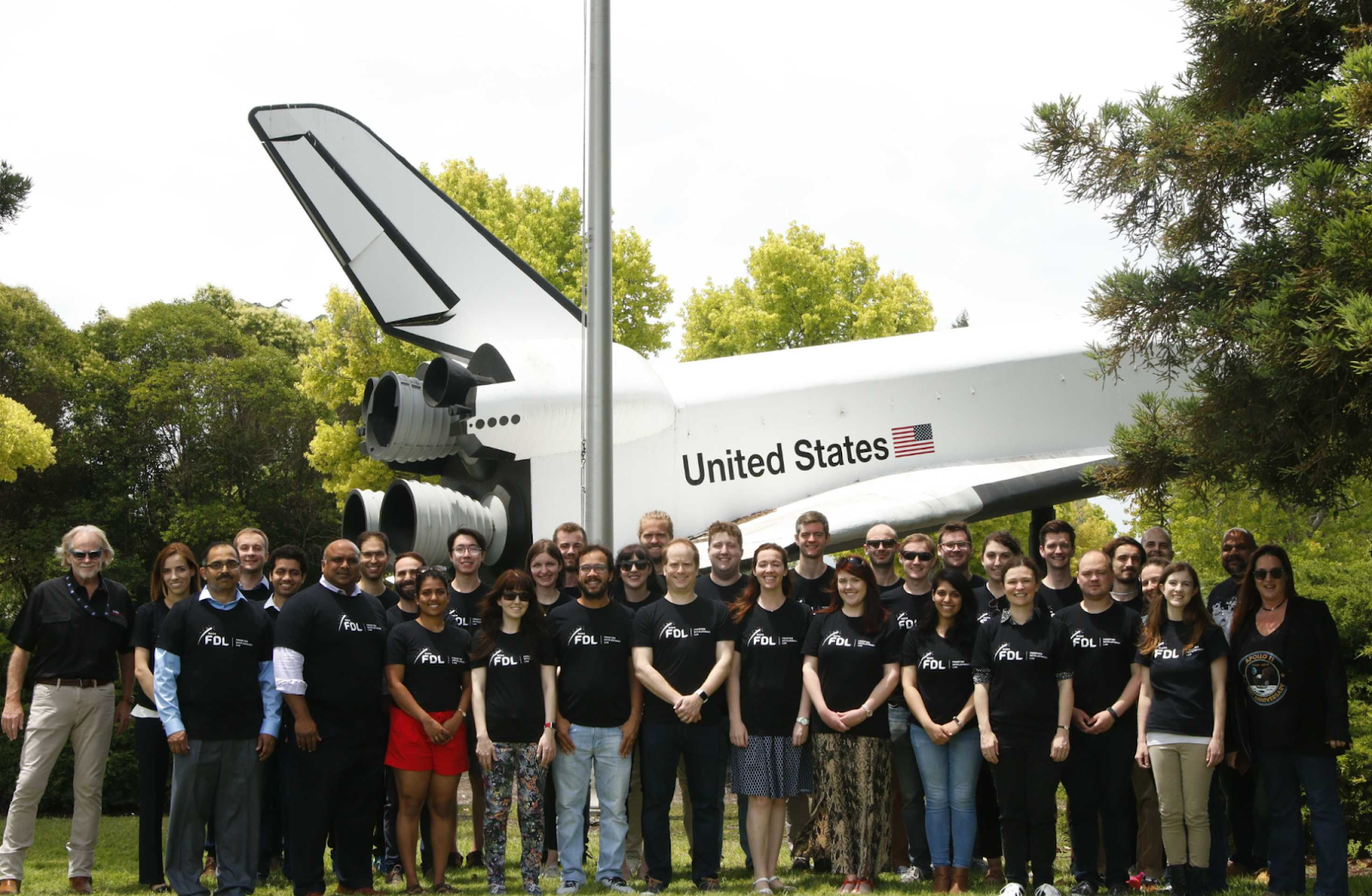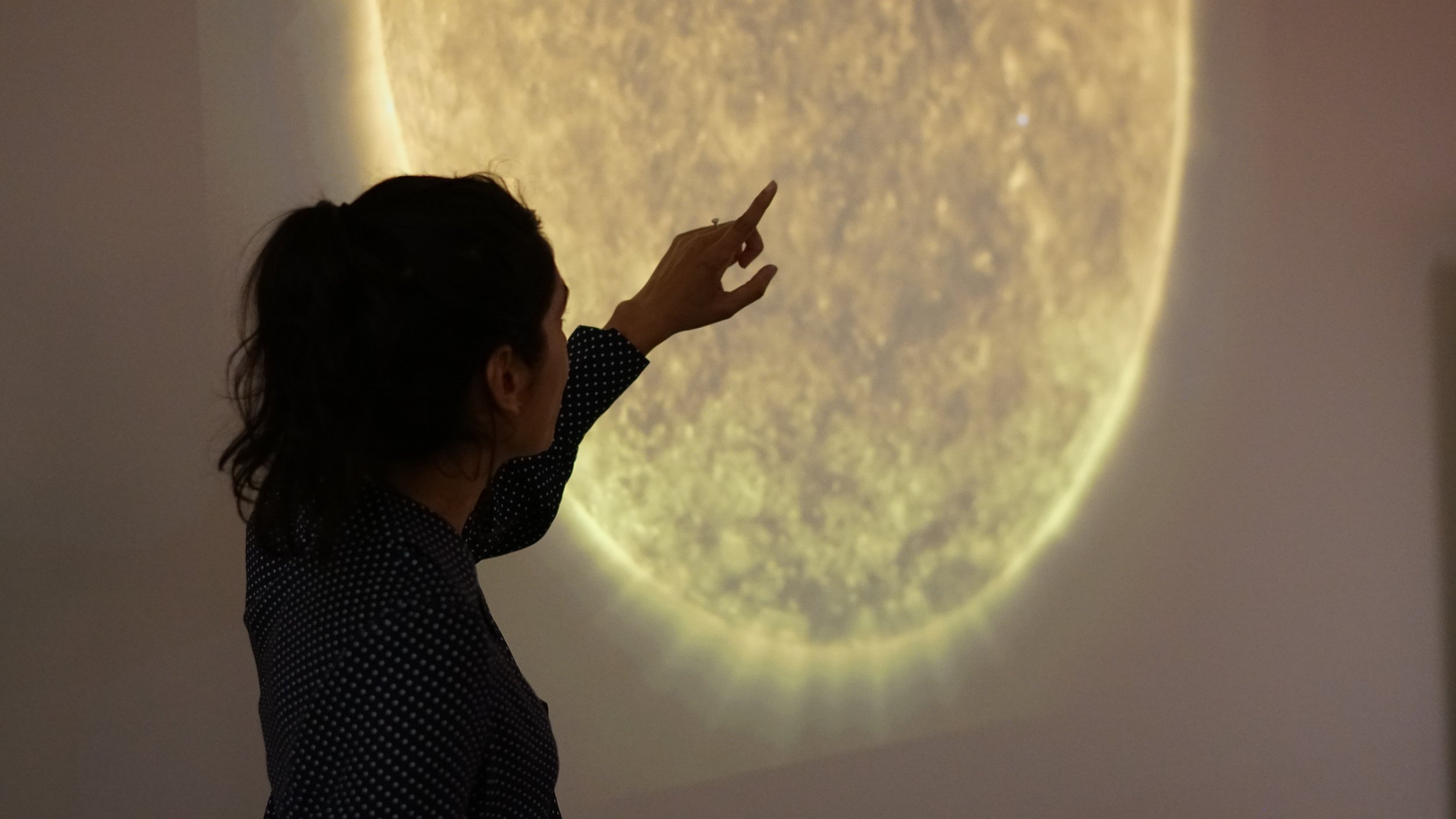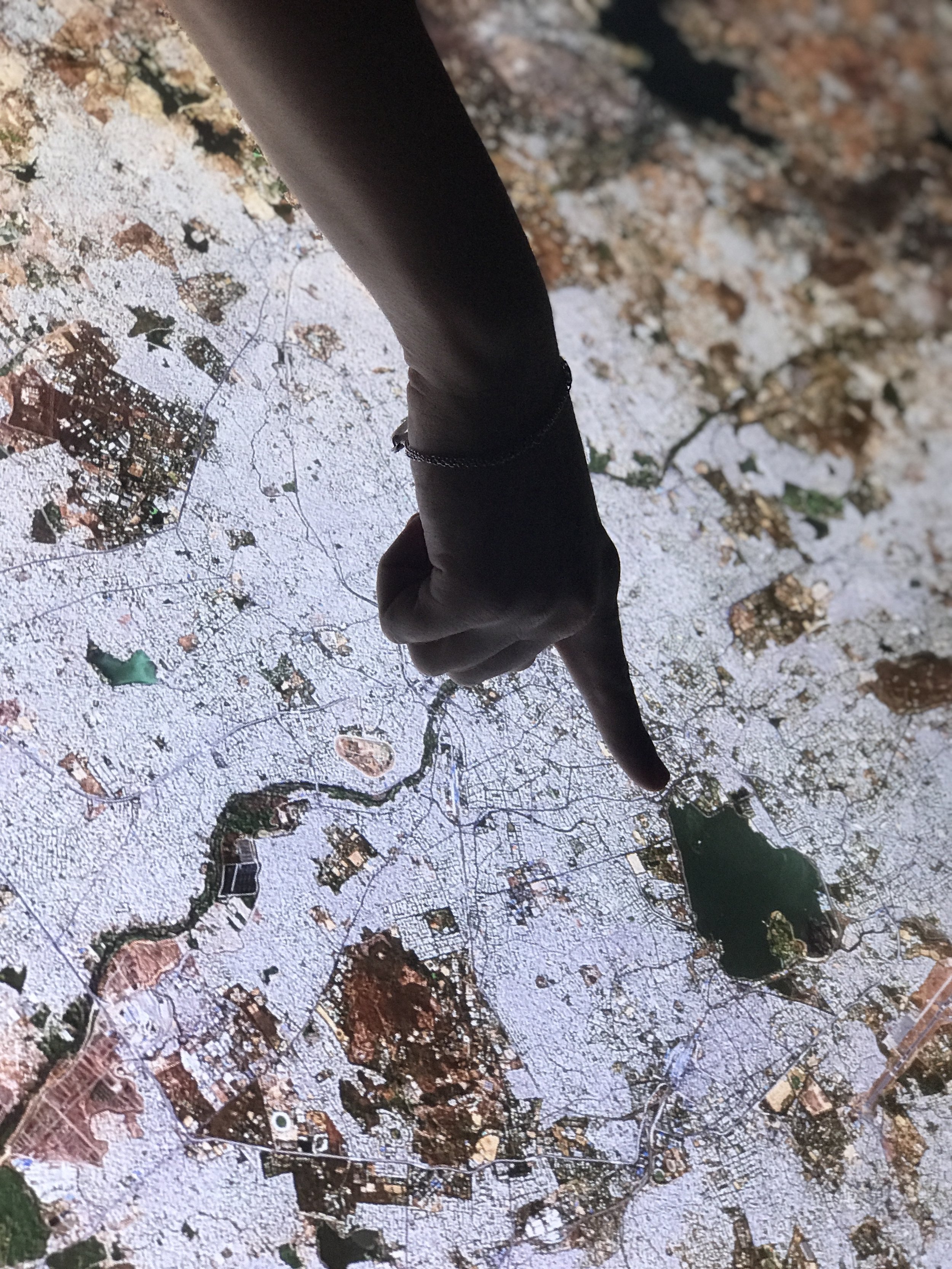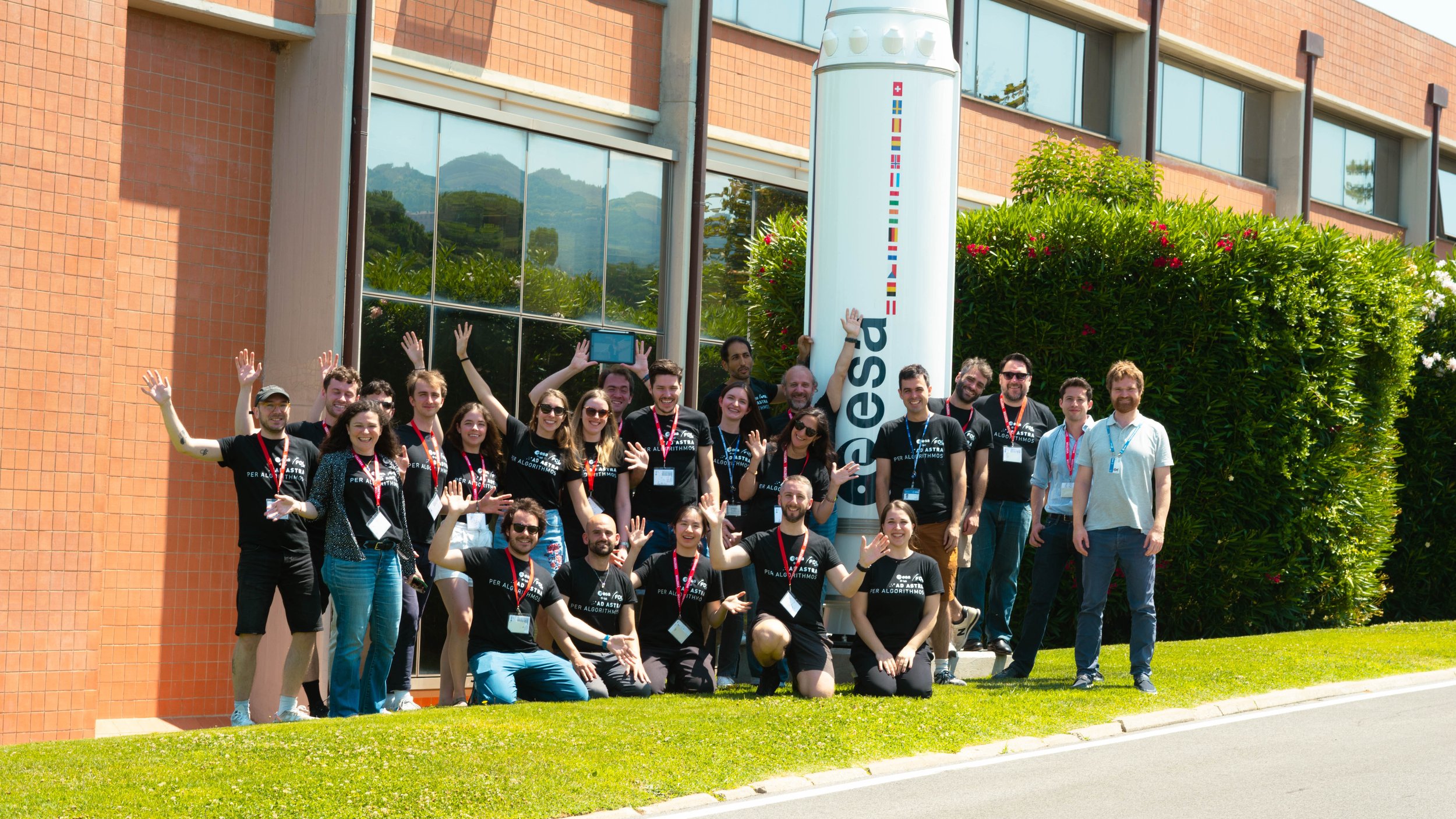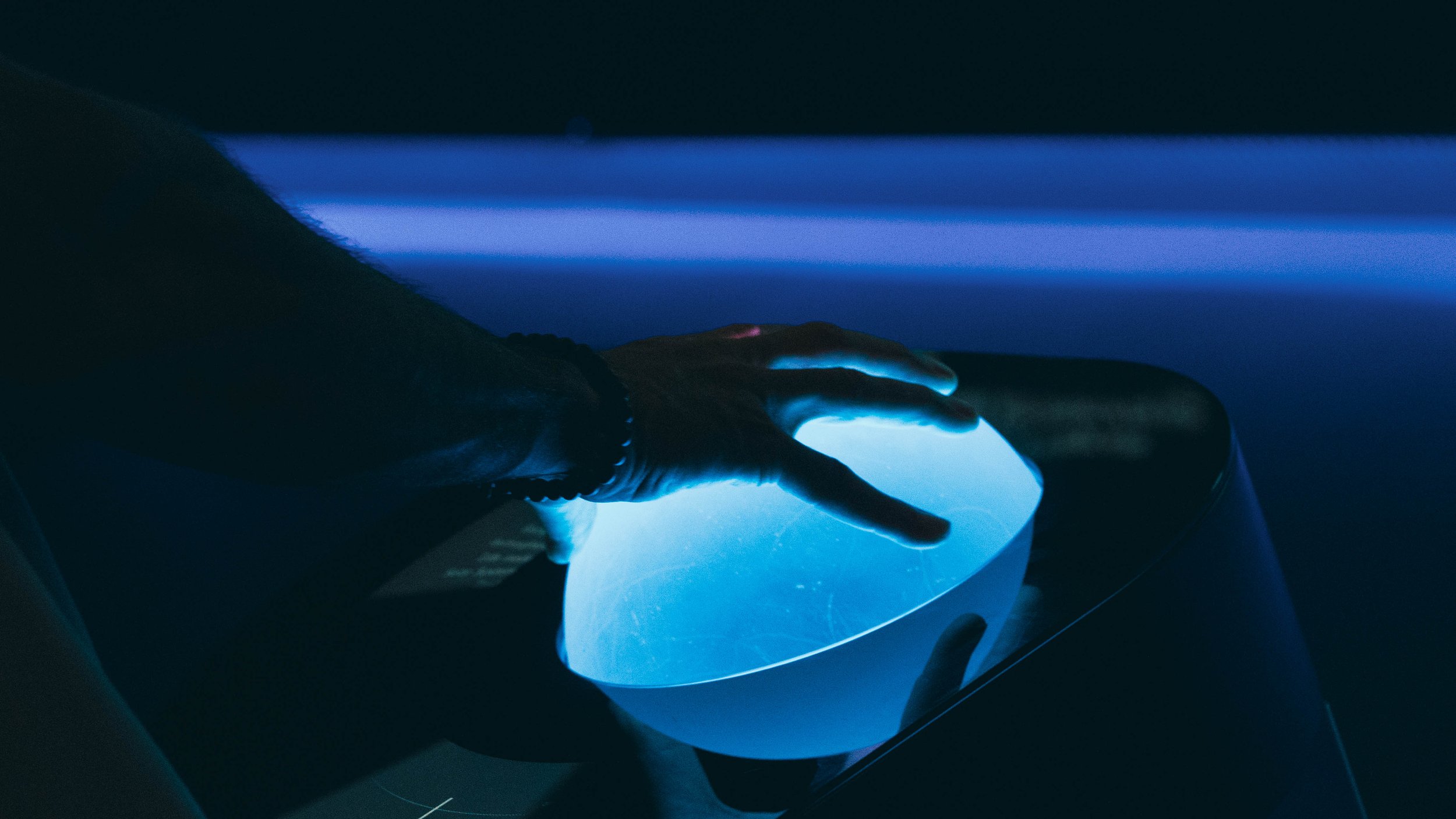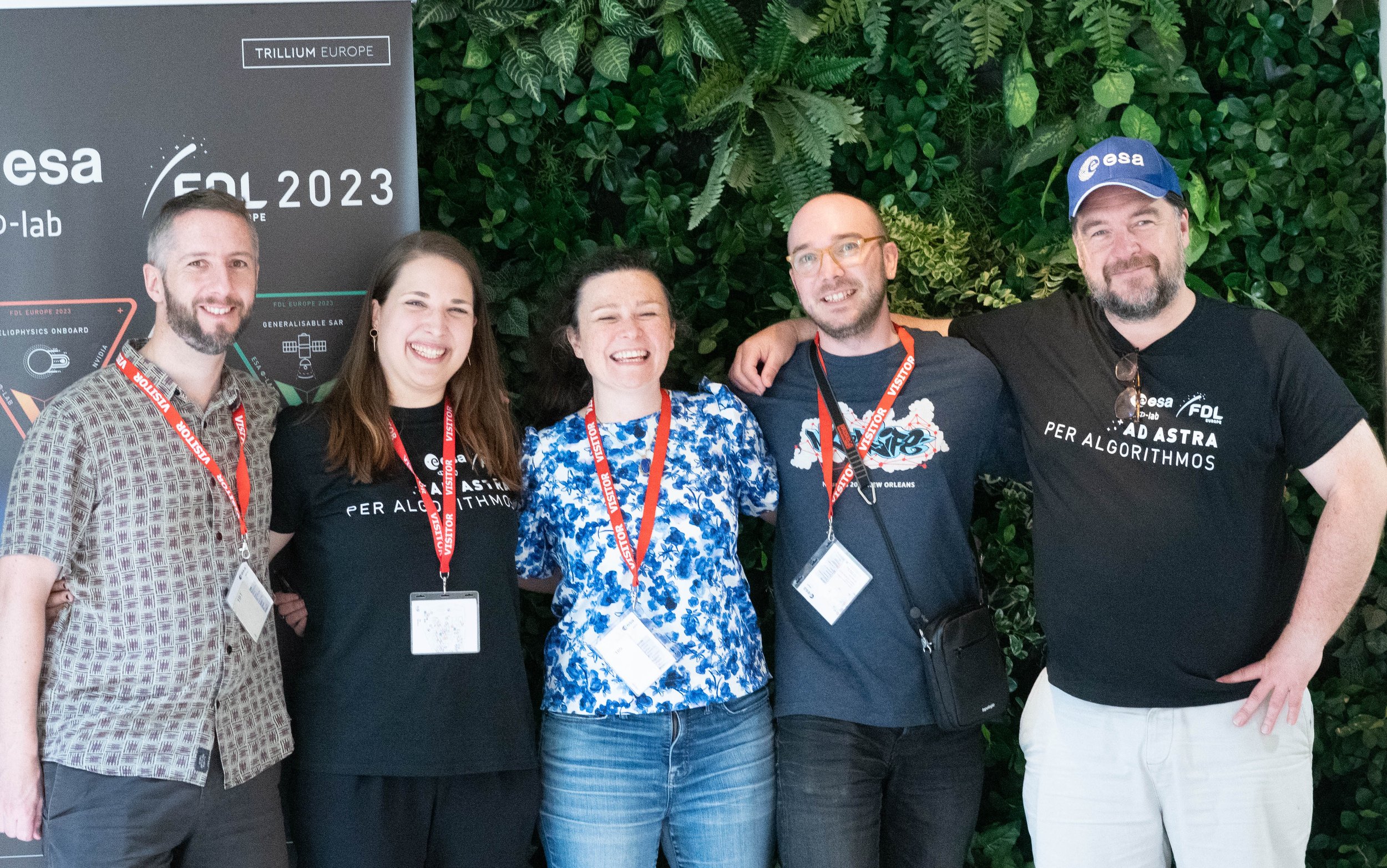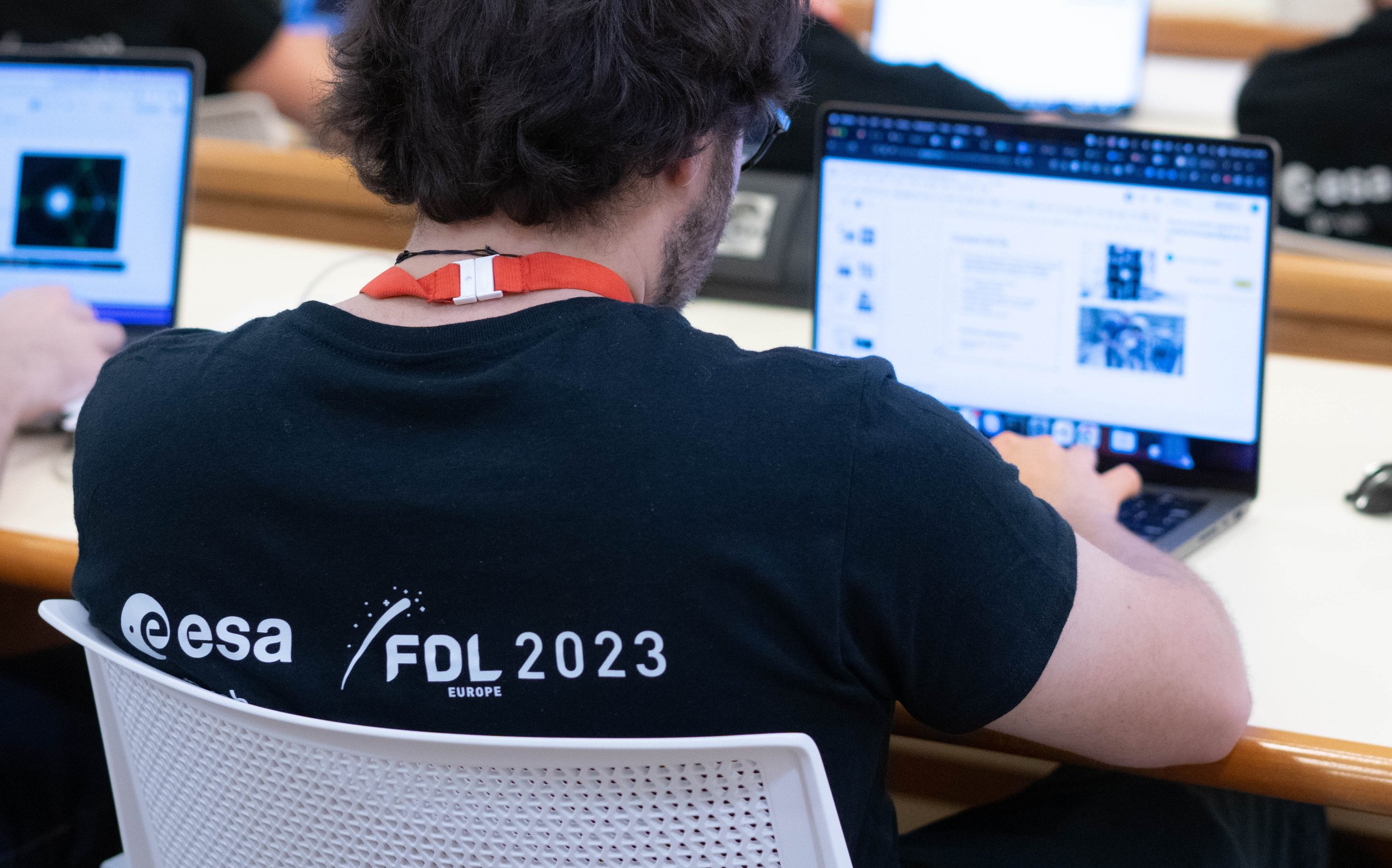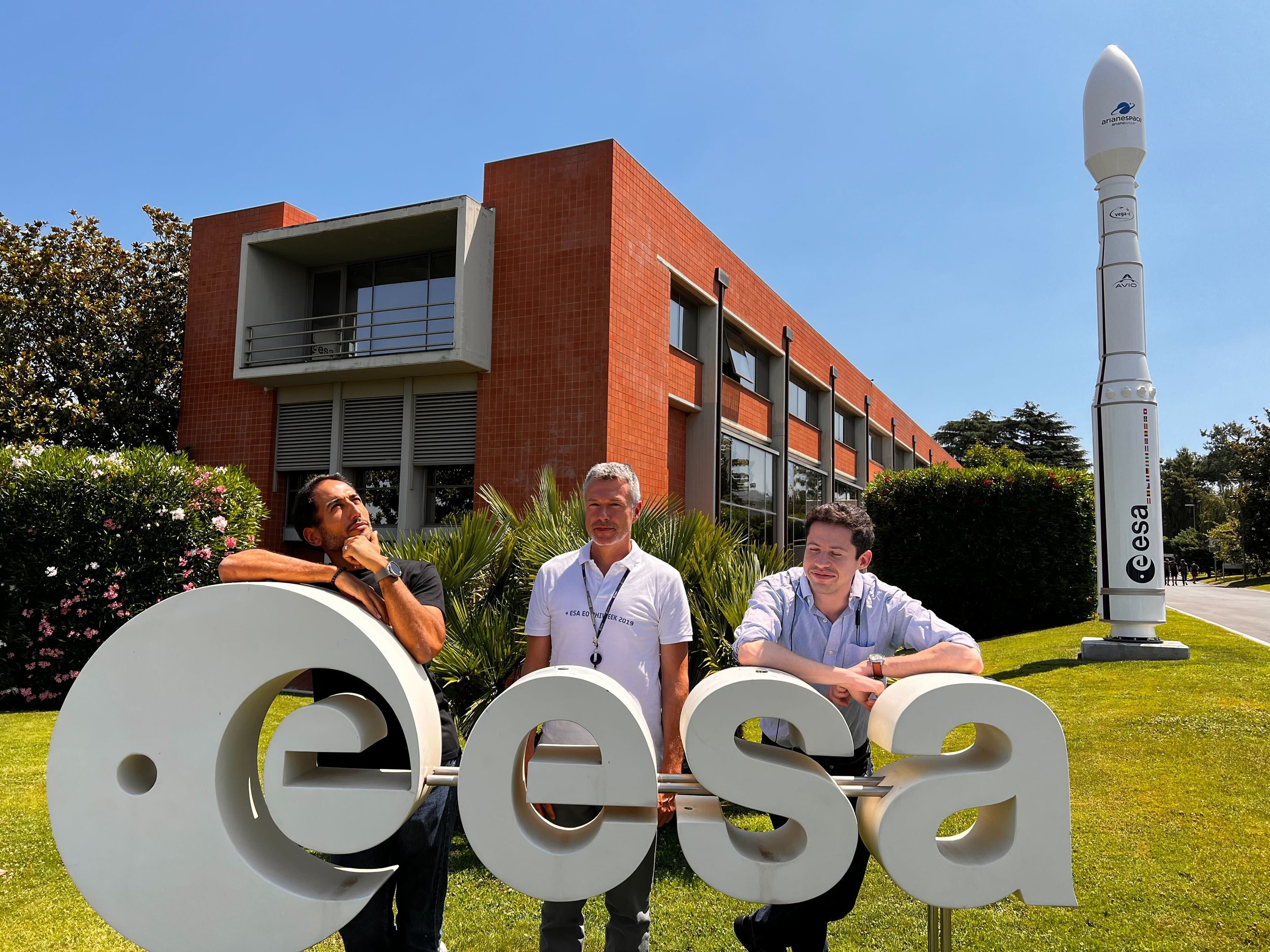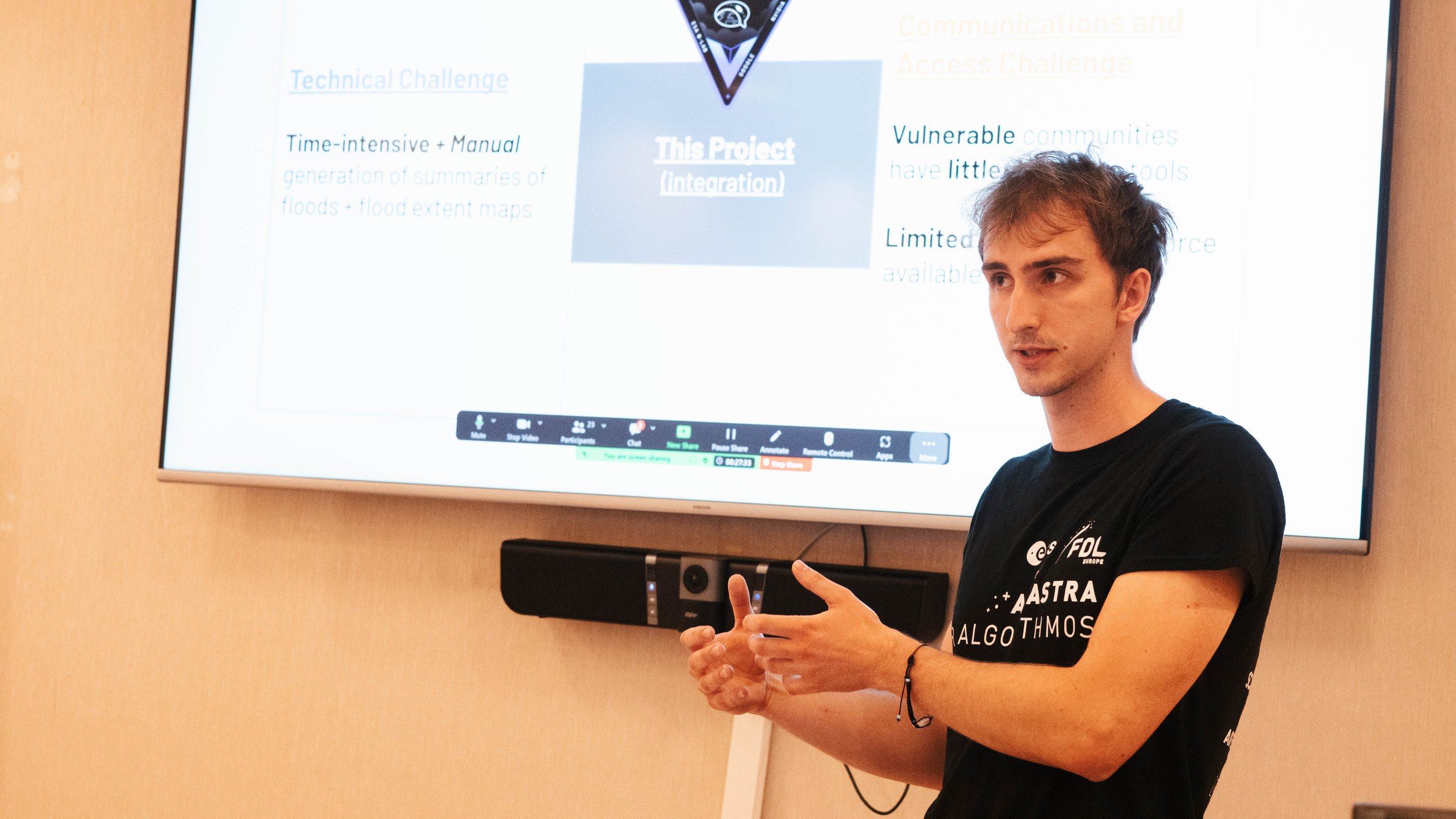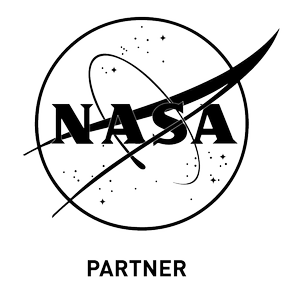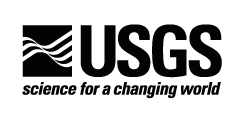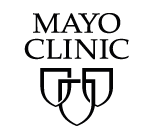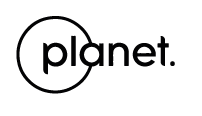
HISTORY
THE Story so far
The Frontier Development Lab program (FDL) was initially founded by a partnership between NASA, the SETI Institute and Trillium Technologies, and the three parties were involved in the Frontier Development Lab until 2024. SETI was instrumental in securing the Department of Energy's partnership in the Frontier Development Lab in 2023.
Details of FDL’s genesis from the Asteroid Grand Challenge are covered in the Science Policy paper, NASA’s Asteroid Grand Challenge: Strategy, Results, and Lessons Learned (August 2018) https://www.sciencedirect.com/science/article/abs/pii/S0265964617300838
After initial successes tackling planetary defense demonstrated the utility of AI for science challenges and the interdisciplinary format, FDL branched out into new research themes with other problem owners:
2017 - Heliophysics, NASA HQ
2017 - Space Resources, Space Resources Luxembourg/ Luxembourg Space Agency (LSA)
2018 - Astrobiology, NASA HQ
2018 - Exoplanets, NASA HQ
2018 - Disaster Response, ESA Phi-Lab
2019 - Astronaut Health, NASA Genelab and the Canadian Space Agency (CSA)
2019 - Earth Science, NASA Marshall SpaceFlight Center (MSFC) and NASA HQ
2019 - Lunar Exploration, NASA HQ and LSA
2019 - Mission Operations, ESA ESOC
2020 - Digital Twinning of Earth Systems, ESA Phi-Lab
2020 - U.S. Geological Survey, which supported three challenges in 2020, 2021 and 2022
2022 - Climate Resilience, Energy Futures and Disaster Response, US Department of Energy’s AI technology Office (DOE AITO)
Private partners that have provided invaluable expertise, data, funds, and other services to FDL.AI research include Lockheed Martin, IBM, Intel, Microsoft, Kx Systems, Autodesk, KBR Wyle, MIT Portugal, HPE, ISI/Pasteur Labs, Planet, Xprize, Berkeley and the Mayo Clinic.
In 2020, Trillium established in spaceML.org as a response to NASA SMD’s strategy for groundbreaking science (https://science.nasa.gov/science-red/s3fs-public/atoms/files/SDMWG%20Strategy_Final.pdf). SpaceML.org, is an open science platform dedicated to streamlining the reproducibility of FDL’s AI pipelines, data products, snippets, MLOPs and tools in a cloud-based environment. The Data Quest followed in 2021 in Australia focusing on Wildfires.
FDL.AI’s mission continues to be to advance the application of machine learning technologies, data science, and high-performance computing to push the frontiers by developing applied AI tools and data products for both terrestrial challenges and space exploration for all Humankind.
FDL Europe
FDL Europe was established as a sister program in 2018 using the same model as FDL.AI in partnership with the European Space Agency’s Phi Lab (ESRIN), Trillium Technologies, and the University of Oxford via its Space@Oxford program with compute resources provided by Google Cloud and Nvidia. ESA ESOC Mission Operations joined the FDL Europe partnership in 2019 and ESA ESTEC in 2023.
FDL Europe was signed off by Joseph Aschbacher, (now ESA Director General) in October 2017 and the first FDL Europe ran in the summer of 2018 at Kellogg College, Oxford, in partnership with Oxford University and Nvidia.
FDL Europe’s private partners include Google Cloud, Scan Computers, Airbus, ISI/Pasteur Labs, D-Orbit, Planet and Space Applications Catapult.
There is no sharing of funds between FDL.AI in the USA and FDL Europe.
FDL’s vision: “Breakthrough” high-risk / high reward applied AI for planetary defense. At NASA Ames' Space Portal.
NASA Asteroid Grand Challenge Program Executive, Jason Kessler (NASA HQ) briefs the FDL.AI community at NASA Ames Research Park in Silicon Valley.
NASA Ames Center Director Dr Eugene Tu kicks off FDL 2017 with an expanded focus to include heliophysics and space resources with the LSA.
FDL.AI’s first ever researchers arrive at NASA Ames in the summer of 2016 (with Alison Lowndes of Nvidia)
FDL.AI’s first program director, Sara Jennings and faculty, Sylvester Kaczmarek show off the old and new logos during the summer of 2018.
NASA Science Mission Directorate stakeholders watch the final technical presentations at the SETI Institute.
FDL.AI researchers, Bala Poduval (centre) and Burcu Kosar (right) join Faculty Monica Bobra (left) at AGU to showcase the first ever FDL result at AGU; a ML derived prediction of the Sun’s Kp Index.
James Parr (Trillium) presents AI for space research outcomes at the UN’s Ai4good meeting in Vienna.


